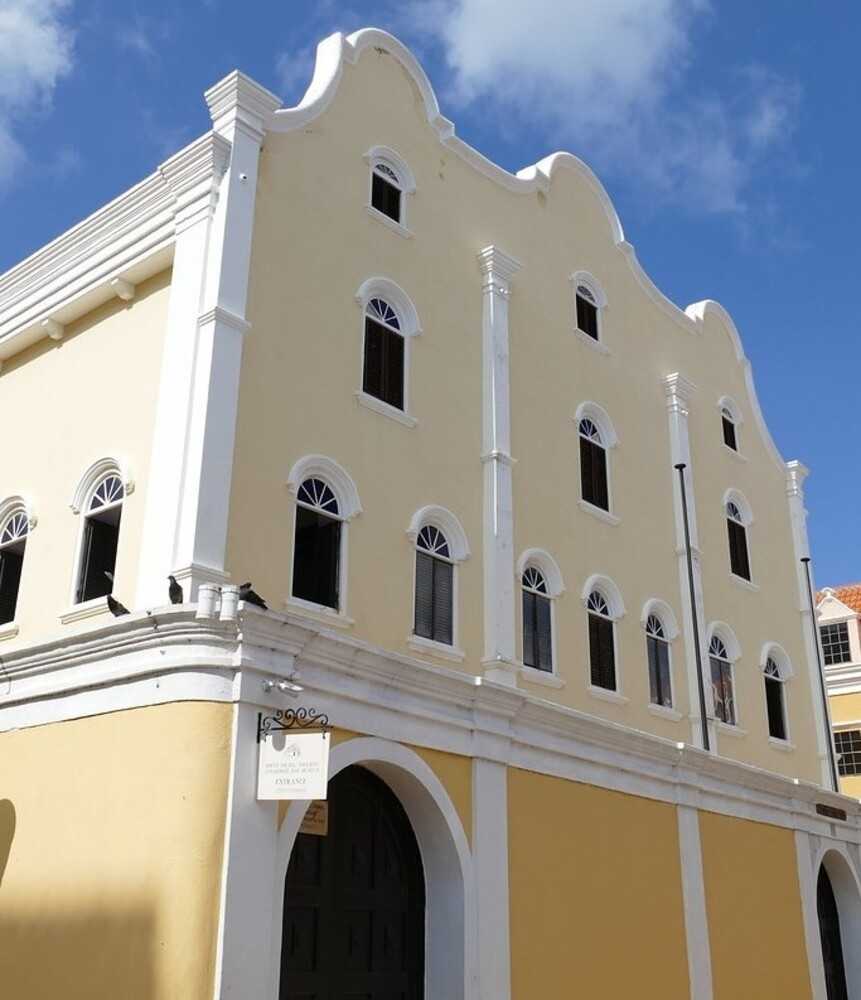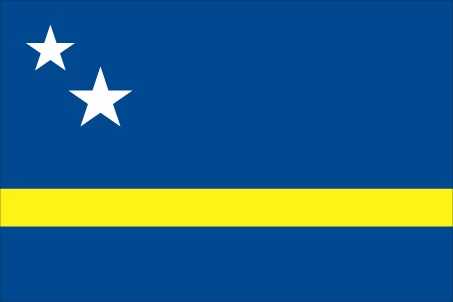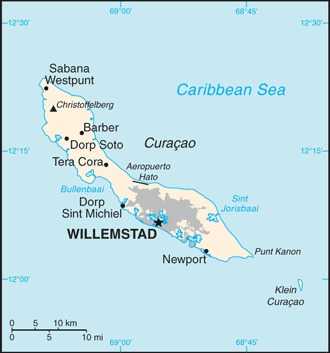Introduction
Visit the Definitions and Notes page to view a description of each topic.
Geography
People and Society
Population
comparison rankings: total 187; male 187; female 187
Median age
comparison ranking: total 81
Population growth rate
comparison ranking: 168
Birth rate
comparison ranking: 135
Death rate
comparison ranking: 64
Net migration rate
comparison ranking: 152
Infant mortality rate
comparison ranking: total 152
Life expectancy at birth
comparison ranking: total population 59
Total fertility rate
comparison ranking: 111
Education expenditure
comparison ranking: Education expenditure (% GDP) 14
Government
Economy
Real GDP (purchasing power parity)
comparison ranking: 188
Real GDP growth rate
comparison ranking: 65
Real GDP per capita
comparison ranking: 84
Inflation rate (consumer prices)
comparison ranking: 74
GDP - composition, by sector of origin
comparison rankings: agriculture 194; industry 175; services 24
Current account balance
comparison ranking: 117
Energy
Communications
Telephones - fixed lines
comparison ranking: total subscriptions 154
Telephones - mobile cellular
comparison ranking: total subscriptions 185
Broadband - fixed subscriptions
comparison ranking: total 144
Transportation
Merchant marine
comparison ranking: total 116




